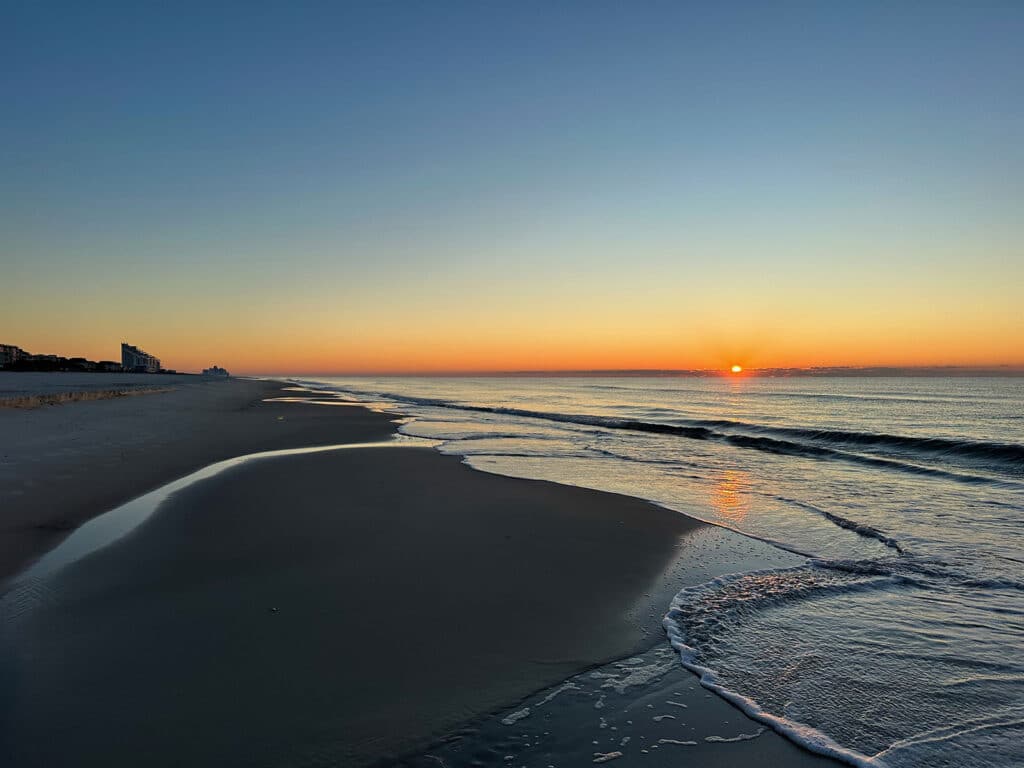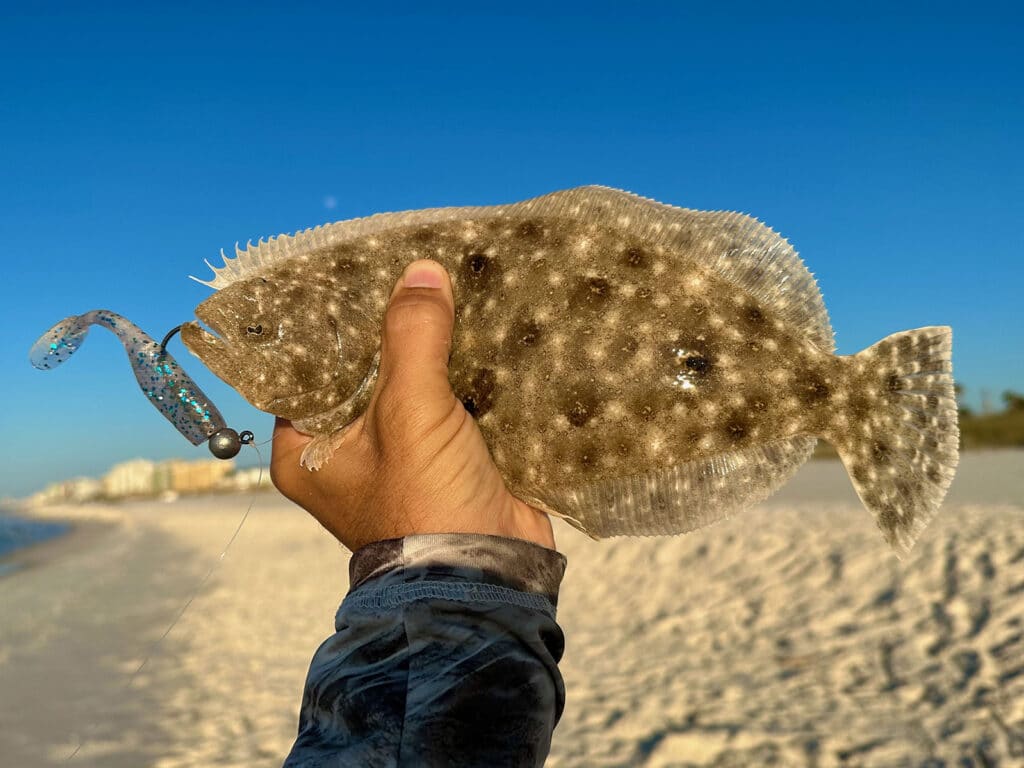
Three years ago, when my wife and I bought a condo a long baseball throw from the white sand of the Florida Panhandle, I knew as much about surf fishing as a grandmother from Appalachia. I had done it a few times in my fishing career, but always as a tag-along with others who had more experience. They did the hard work of finding areas that provided a good chance for success.
To the neophyte, the surf is the surf. It’s just endless miles of waves crashing on an indistinct shoreline, and the fish could be absolutely anywhere. Anglers with little or no experience might tote a rod to the water’s edge and walk the shoreline, making more casts than a desperate guy at a singles’ bar, just hoping for the best.
But my experience with other methods of fishing told me that wouldn’t be the most efficient technique. Ironically, what helped develop my strategy for effective surf-fishing was drift-fishing in water with the salt content of a glass of milk. Multiple times every year, whenever South Louisiana goes a couple weeks without any measurable rainfall, I tag along with Independence resident Joe Lavigne, 74, who skulls a thin-metal flat boat down a local river.

A lifetime of experience has taught Lavigne where fish hold in moving water, and on every trip, he calls his shot multiple times, accurately predicting which casts will produce bites from pugnacious spotted bass. I may never be as skilled as him, but still, I’ve learned a lot in two decades of fishing with Lavigne. I’ve gotten pretty good at identifying fishy areas — where troughs are immediately adjacent to shallow water.
Figuring the same axiom had to hold true in the surf, I set out early in the morning after the first night at our new condo, intent on reading the water to determine where the anomalies existed. I imagined I’d return with a stringer of fish slung across my back, and hail my wife with a hearty “Good Morning,” just as she was taking her first sip of coffee.
But as Mike Tyson famously quipped, everyone has a plan until they get punched in the face. What socked me in the jaw that morning was the fact that, in the low light, I couldn’t tell where the bars were. An experienced surf angler could have probably seen subtle differences in how the waves were breaking, but to me, they looked entirely random.
So I just walked the beach making casts, and lucked into one undersized redfish. No one likes failure when fishing, but I absolutely despise it. It gnaws at me and lives at the forefront of my mind until I’m able to turn myself from a zero to a hero. Fortunately, I wouldn’t have to wait long for that to happen.

To me, the beach is just a cool place to stand while you’re fishing, but my wife would spend all day every day there if she could. So in the interest of marital harmony, I hauled some beach chairs and an umbrella to the sand under a high midday sun, intent to put the misery of my early morning failure behind me.
And that’s when I found what I had been looking for. The wind was light and blowing offshore, which allowed any sediment in the water to settle out, and the tide had fallen since my early morning venture. Combined with both those factors, the early afternoon sun pierced the veil between me and nirvana, illuminating a boomerang-shaped sandbar 200 yards east that kissed the edge of the beach. I walked over, and through my polarized lenses, could clearly see a deep trough adjacent to the bar.
I wanted to sprint back to the condo, grab my rod and spend the rest of the day fishing, but then I remembered that whole marital harmony thing, and besides, I figured the fishing would be better in the morning on the rising tide.
I made a note of the exact location of the bar, and then I returned the next morning.

Throwing a shrimp-colored soft-plastic paddle tail on a 1/4-ounce jighead, I caught a flounder on literally my first cast, and then proceeded to catch nine more. The season was closed in Florida, so stuffed flounder would not be one of the first meals at our new condo, but I couldn’t have cared less. The validation of figuring something out in a new fishing environment meant far more than any feast.
Since then, I’ve used that exact strategy to have consistent success in the surf. Whenever we visit our condo, my first afternoon is spent walking the beach, searching for bars that have a perpendicular element, relative to the shoreline.
When I find them, I’m confident they will produce fish in the morning. In the fall, it’s flounder. In the winter, it’s redfish. In the spring, it’s speckled trout. And in the summer, it could be any of the above. I still wouldn’t consider myself a surf-fishing expert, but man, it’s been a fun journey trying to get to that level.








